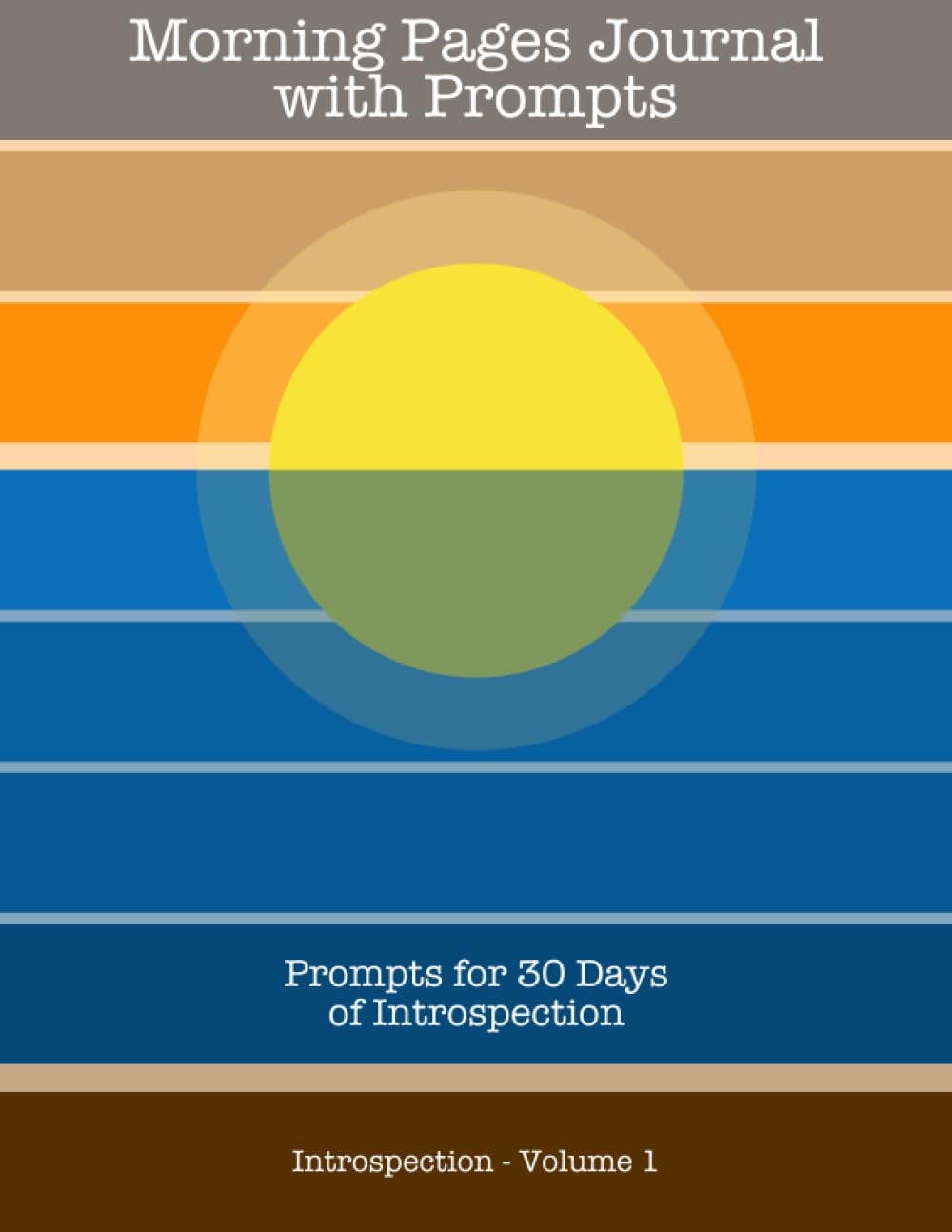Tomorrow, I will record and publish episode 36 of Write While True. I have not given a lot of thought about the content yet except that I have the topic.
For each episode, all I want to do is end with a takeaway that I have learned about writing better, It feels like there should be a limitless number of topics, so I’m not worried about running out, but I still need to think of them.
To make it more focused, I have been using “seasons” to set a theme. At some point in the week, something that fits in the theme comes to me. Sometimes it’s from something I’m reading, or maybe another podcast, or it just pops into my head from some past bit of writing advice I saw somewhere.
Sometimes I get an idea that is not on theme. For that, I just make a card on my podcast Trello board. Eventually, there will be enough cards in some other theme that I can use to start a new season.
In a way it’s a lot like James Webb Young’s Technique for Producing Ideas. He recommends exposing yourself to both random things and the problem you are trying to solve. At some point, a new idea will pop into your head, since new ideas are just novel combinations of old ideas.
Then, you refine it, because the idea alone is only a seed, and not good enough on its own.

